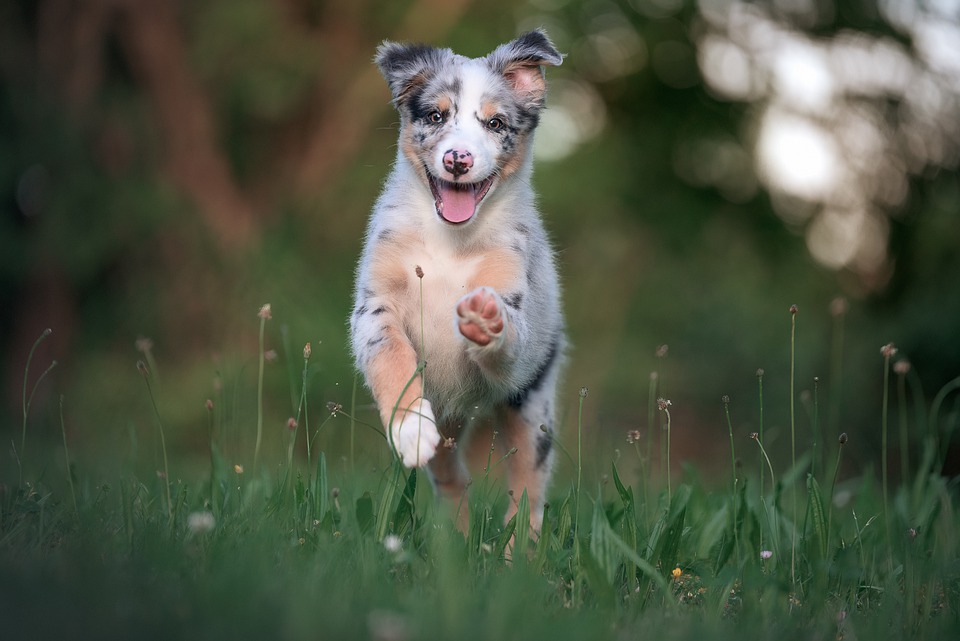Introduction:
As a responsible pet owner, it is essential to prioritize your dog’s hygiene and health. Regularly cleaning and sanitizing your dog’s food and water bowls is crucial to prevent the buildup of harmful bacteria and maintain a healthy feeding routine. In this article, we will discuss the importance of cleaning your dog’s bowls, the recommended cleaning frequency, effective cleaning methods, and address frequently asked questions to help you ensure the well-being of your beloved canine companion.
Why is it important to clean your dog’s food and water bowls?
Maintaining cleanliness in your dog’s food and water bowls is essential for several reasons:
1. Preventing bacterial growth: Food residues, saliva, and water left in your dog’s bowls can become a breeding ground for bacteria and other microorganisms. Regular cleaning reduces the risk of bacterial contamination, preventing potential illnesses.
2. Avoiding digestive issues: Dirty bowls can harbor harmful bacteria, leading to gastrointestinal problems such as diarrhea, vomiting, and stomach upsets. Cleaning your dog’s bowls helps eliminate these risks and maintains their overall digestive health.
3. Preventing skin irritations: Some dogs may develop skin irritations or allergies if exposed to unclean bowls, especially if they have sensitive skin. Regular cleaning prevents these issues and helps keep their skin healthy.
4. Promoting hydration: Dogs are more likely to drink water from a clean bowl. Regular cleaning ensures fresh and appealing water, encouraging proper hydration and reducing the risk of dehydration.
How often should you clean your dog’s food and water bowls?
The frequency of cleaning your dog’s bowls depends on various factors, including their eating habits, environment, and overall health. However, as a general guideline, it is recommended to clean your dog’s bowls:
1. Food bowls: Clean your dog’s food bowl after each meal. This prevents leftover food from drying and becoming a breeding ground for bacteria. Additionally, it helps to establish a clean and hygienic feeding routine.
2. Water bowls: Clean your dog’s water bowl at least once a day, ideally during their mealtime. Refreshing the water and cleaning the bowl regularly ensures your dog has access to clean and safe drinking water.
3. Deep cleaning: Apart from daily cleaning, it is essential to deep clean your dog’s bowls at least once a week. This involves thorough scrubbing and sanitizing to remove any stubborn residues and eliminate bacteria.
Effective cleaning methods for your dog’s bowls:
To ensure proper cleanliness and sanitation of your dog’s food and water bowls, follow these effective cleaning methods:
1. Hand washing: Start by removing any leftover food or debris from the bowls. Wash them with warm water and mild dish soap, using a sponge or brush to scrub away any residue. Rinse thoroughly to remove all soap traces.
2. Dishwasher: If your dog’s bowls are dishwasher-safe, you can place them in the dishwasher for a more thorough cleaning. Make sure to use a pet-safe dishwasher detergent and choose the appropriate cycle.
3. Sanitizing: Regular sanitization is crucial to eliminate any remaining bacteria. You can use a mixture of one part bleach to ten parts water as an effective sanitizing solution. After applying the solution, rinse the bowls thoroughly to remove any traces of bleach.
4. Drying and storage: Allow the bowls to air dry completely before refilling them with food or water. Store the clean bowls in a clean and dry area to avoid contamination.
Frequently Asked Questions (FAQs) about cleaning your dog’s food and water bowls:
1. Q: Can I use the same sponge or brush for cleaning my dog’s bowls and my own dishes?
A: It is advisable to use a separate sponge or brush for your dog’s bowls to prevent cross-contamination between your dishes and your dog’s bowls. Dedicate one specifically for your dog’s cleaning needs.
2. Q: Are stainless steel bowls better than plastic bowls for cleanliness?
A: Yes, stainless steel bowls are generally considered better than plastic bowls. Stainless steel is more resistant to scratches, which can harbor bacteria. Additionally, plastic bowls may develop cracks over time, allowing bacteria to accumulate.
3. Q: Can I use vinegar instead of bleach for sanitizing my dog’s bowls?
A: While vinegar can be used as a natural cleaning agent, it may not be as effective as bleach when it comes to killing certain bacteria. If you prefer using vinegar, ensure it is appropriately diluted and use it in conjunction with thorough scrubbing.
4. Q: My dog has multiple bowls for different purposes. How should I clean them?
A: Treat each bowl separately based on its purpose, following the same cleaning routine. Ensure all bowls are cleaned thoroughly and sanitized to maintain proper hygiene.
Conclusion:
Regularly cleaning and sanitizing your dog’s food and water bowls is a vital aspect of responsible pet care. By maintaining cleanliness, you can prevent bacterial growth, digestive issues, skin irritations, and promote hydration. Follow the recommended cleaning frequencies and effective cleaning methods outlined in this article to ensure your furry friend’s health and well-being. Remember, a clean bowl means a healthy and happy dog!









